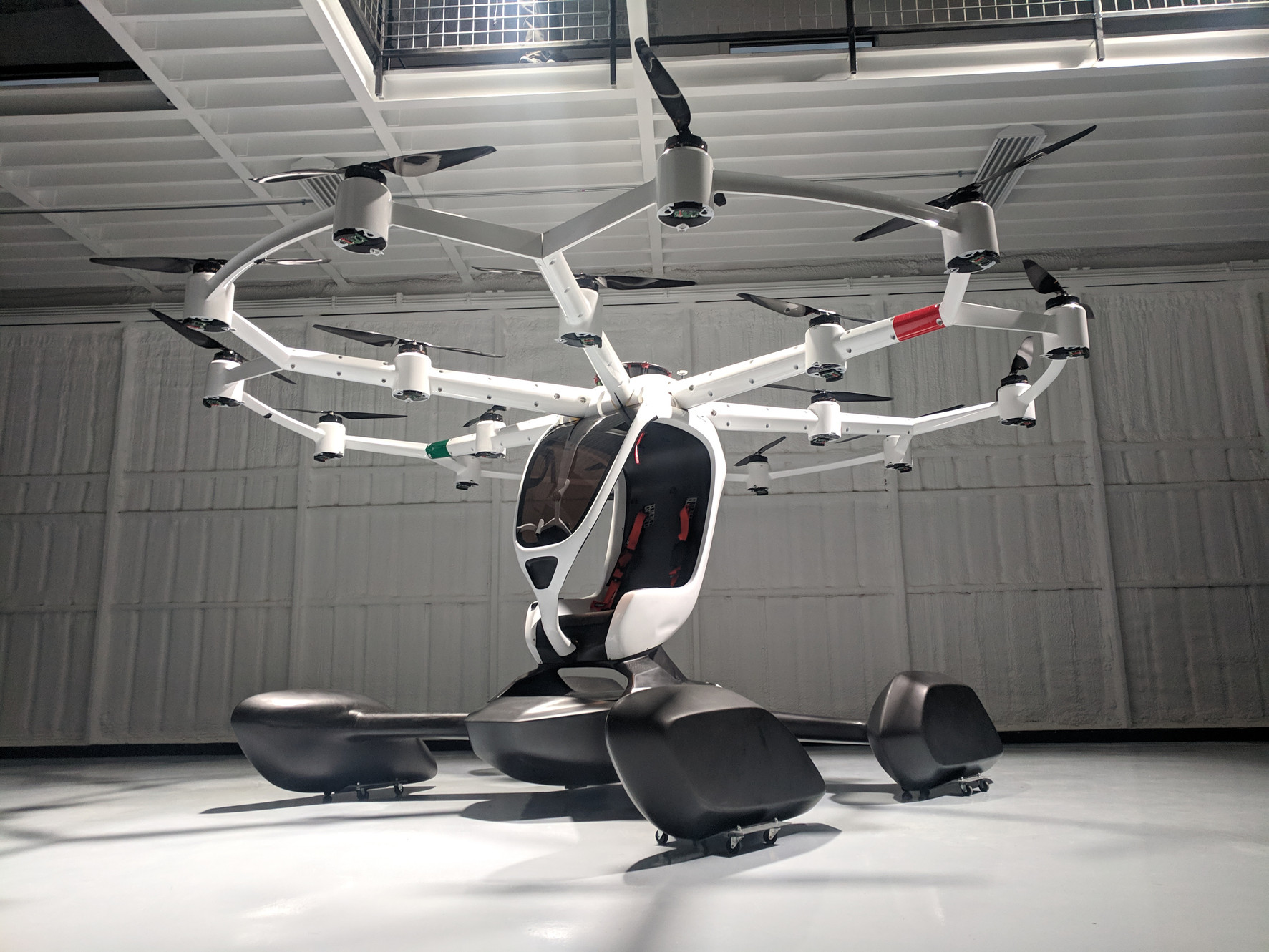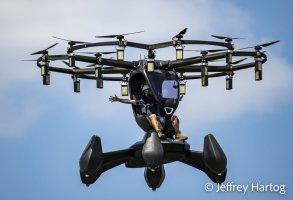loftus
Super Member
- Joined
- Mar 17, 2013
- Messages
- 1,352
- Location
- Ponce Inlet, Florida
- Aircraft
- Aircam; Previously owned Autogyro MTO
- Total Flight Time
- 800 hours
Well it does fly. I saw the demonstration of the Lift Hexa at Sun n' Fun yesterday. Definitely some cool technology, though the demo was pretty much restricted to some low and slow flying and hovering. Limited to only 15 minutes of flight, so still a toy at this point.. Classified as an ultralight. If you have $250 dollars for a 15 minute flight, one is coming to someplace near you, or so they say.

 www.liftaircraft.com
www.liftaircraft.com


AIRCRAFT | LIFT Aircraft
Introducing Hexa from LIFT Aircraft - an electric, vertical takeoff and landing (VTOL) aircraft anyone can fly.
 www.liftaircraft.com
www.liftaircraft.com

Last edited:
